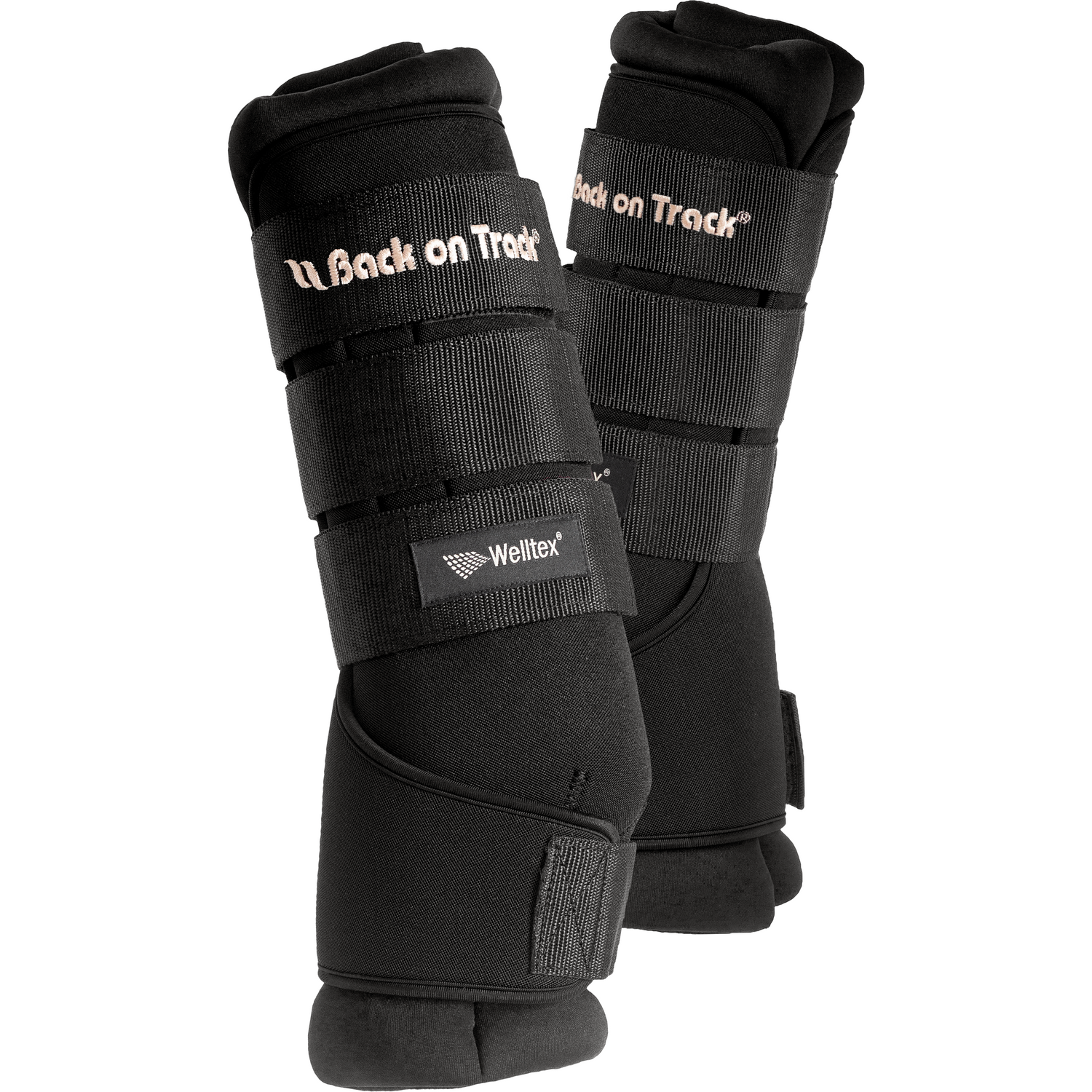Lena's helmet after the accident. The damage from the hard impact is clearly visible on the outside, but its inside was able to absorb the force and protect the head. This time the ending was happy.
When Lena Öhlin carefully stood up after the impact, she had no idea how extensive her injuries were. All she felt was pain, cold and tingling throughout her body. She was in the middle of the woods, on April 2, 2022 - and she had just been thrown from her horse. Fortunately, she had her cell phone with her and was able to call for help.
It was only at the hospital that doctors discovered nine broken ribs, a broken collarbone and a broken shoulder blade. In addition, she was badly bruised from head to toe. Nevertheless, everyone agreed that she got off lightly: the head was intact – and the brain was undamaged.
Lena is convinced that the helmet meant everything. The difference between life and death. Or the difference between an (admittedly painful) time of recovery and a life forever changed.
Lena Öhlin is stable manager, riding instructor and breeder; she lives her life surrounded by horses, has deep knowledge of them and extensive experience. But anyone can be thrown off, at any time - and then suddenly everything depends on the protective equipment.
Two weeks after the accident, Lena is still in a lot of pain and her days are filled with follow-up doctor visits, continued X-rays and physical therapy. She has a long period of rest and healing ahead of her.
But, as I said, it could have been worse. When it became clear how much the helmet meant to the outcome of the accident, Lena realized that she wants to share her painfully new knowledge and hopefully make a difference for other people. Her cheerful enthusiasm shines through the story of her injuries.
"Everyone must buy a helmet like this!", she says emphatically. “It stayed on (the) head the whole time and didn't move! I want people to know that.”
Lena remembers the slap on the head very well. The helmet - a Lynx model - withstood the impact and remained firmly in place until paramedics removed it. Everything else broke, or was cut up by medical staff.
Now she likes to tell everyone around her how important it is to have safety, a really reliable helmet and good equipment.
Best in Test - with reinforced protection from Mips
"I chose the helmet because Folksam recommended it," she says. “It was 'Best in Test' in their own survey.”
However, Lena was not aware at the time that she had also chosen a helmet with an integrated Mips system. Mips (Multi-Directional Impact Protection System) is a Swedish invention, intended to further increase safety by absorbing some of the rotational forces the head is exposed to in the event of an oblique impact. The system is mounted inside the helmet and consists of a layer that can move slightly in relation to the helmet. The effect reduces the risk that the kinetic energy that occurs after a hard, oblique blow in turn causes tears inside the brain's jelly-like substance. When it comes to the head, very small differences can have big, significant consequences.
The helmet is today discarded - it is important to always replace a helmet that has been subjected to an impact! - and send it to us at Back on Track, so that we can see for ourselves what a helmet looks like when it has really done its job.
Facts about Mips
A standard riding helmet protects the head by absorbing the energy of hard blows using several different layers of material. Helmets are often tested by simulating hard impacts directly against the helmet. This works great if the helmet is of good quality; the shock is spread through the layers of the materials and distributed over the helmet. The head doesn't break, even if the helmet does.
A helmet with Mips works in the same way - but also adds a system that absorbs the forces that occur when the head is subjected to oblique blows. The oblique stroke contains kinetic energy that also has a direction. A hard and oblique blow causes the head to move quickly and violently after the blow, subjecting the brain to rotational violence.
The sudden throw of the head that follows oblique blows causes the brain to "twist".
Impacts with rotation are the most damaging
The brain is particularly sensitive to this type of twisting deformation - and the shock-absorbing fluid around the brain is not enough to compensate for a blow that contains too much kinetic energy. In the worst case, tears occur in the interior of the brain, something that can cause permanent damage.
This is where Mips comes in, reinforcing the protection the cerebrospinal fluid offers. Like the fluid-filled space inside the skull bone, Mips absorbs some of the force of the rapid rotation by delaying its effects. When the head can follow the direction of the movement, inside the helmet, the effect becomes somewhat less violent and abrupt.
Mips is developed taking into account both the physiological characteristics of the brain and the way in which physical forces act on it. Mips can therefore contribute to reducing the damage caused by an accident.


